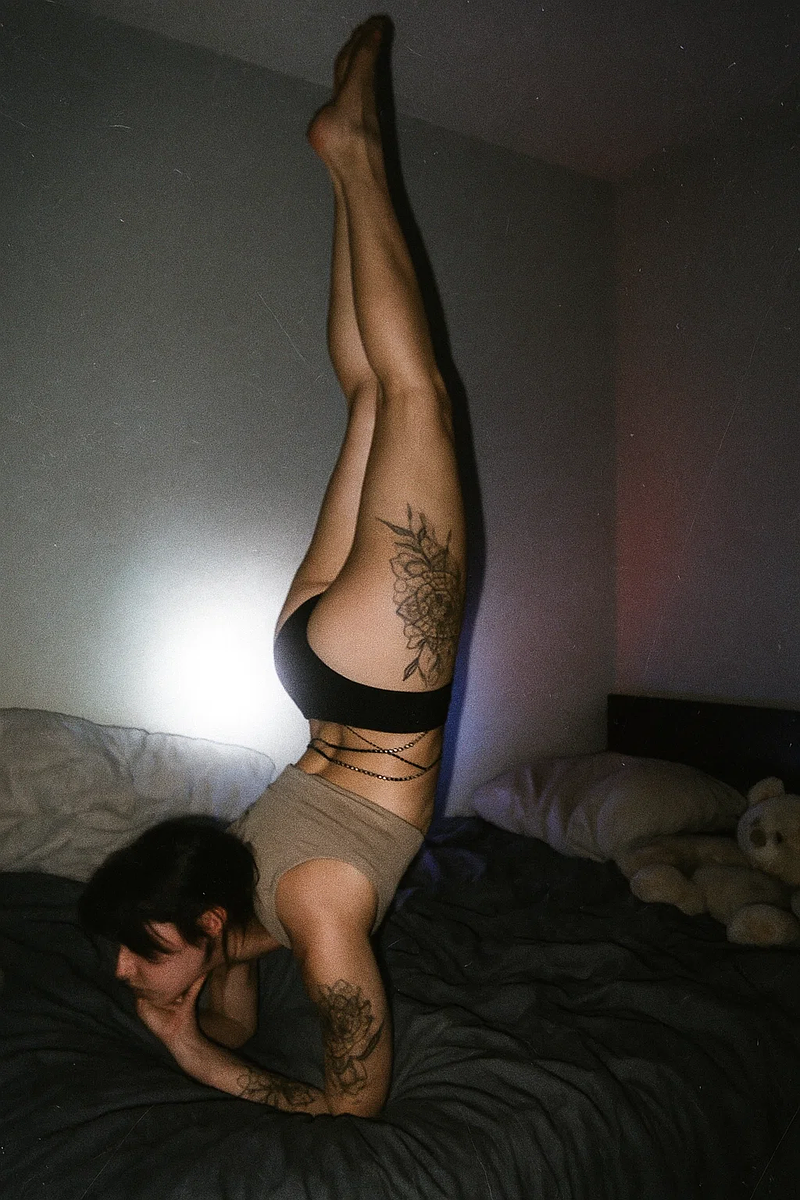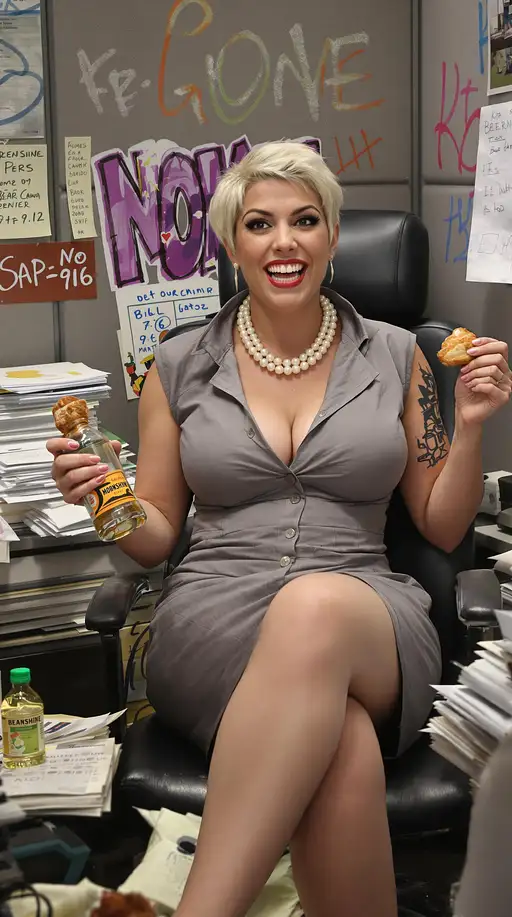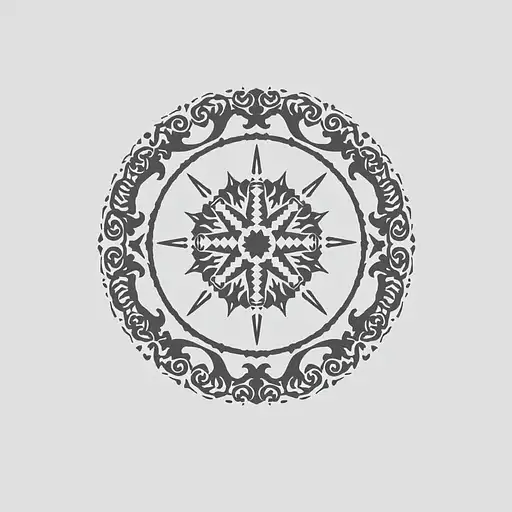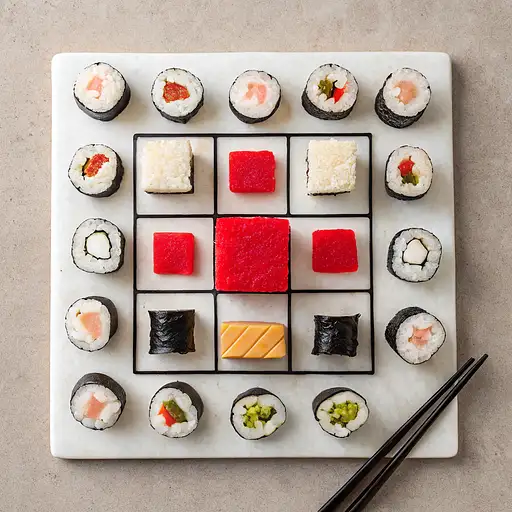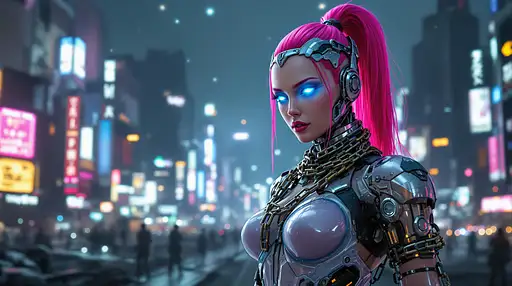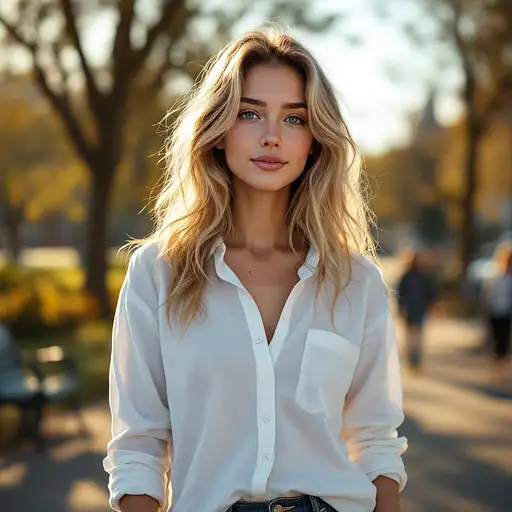4 months ago
[Image Type: Ultra-realistic color photograph / Highly detailed realistic oil painting / High-resolution digital portrait] of Ernest Rutherford.
Facial Details:
Face Shape: Oval to somewhat rectangular, with strong, defined features.
Skin Tone: Fair to medium, with a healthy, natural complexion, showing subtle variations in tone. Minor lines of age (e.g., subtle crow's feet or forehead lines) should be visible, especially around the eyes and forehead, for realism.
Hair:
Color: A blend of medium to dark brown and significant silver/white or light gray, particularly at the temples and top of the head. The underlying natural color should be a warm brown, with the gray/white highlights prominent, creating a salt-and-pepper effect.
Length and Style: Short, neatly combed to the side, with a clear side part (typically on the left). It has a somewhat wavy or slightly unruly texture, especially at the front and sides, but maintains an overall well-groomed appearance.
Eyes:
Color: Clear light blue or a striking sky blue.
Shape: Relatively wide-set, round to slightly almond-shaped, with a direct, intelligent, and focused gaze. The whites of the eyes should be clear.
Eyelashes and Eyebrows: Eyebrows are light to medium brown, blending with gray/white hairs, well-defined, and fairly thick. Eyelashes are not heavily emphasized but present naturally.
Nose: Straight, prominent, and well-defined, with a strong bridge and a slightly rounded tip.
Mouth and Lips: Medium-full lips, typically closed in a neutral or slightly serious expression. The natural color of the lips should be a muted pink/rose. The corners of the mouth may show a hint of a slight upward curve, suggesting a thoughtful or gentle demeanor.
Chin: Broad and strong, with a square or rounded appearance.
Distinguishing Features: A prominent, thick, well-groomed mustache, matching the hair color (a blend of dark brown and gray/white), covering the upper lip. His ears are relatively close-set to his head.
Body and Clothing Details:
Body Build: Appears to be of solid, broad-shouldered build. The portrait typically shows the upper torso.
Clothing: Dressed in formal attire typical of the late 19th/early 20th century. This includes a tailored suit jacket, specifically a medium grey, brown tweed, or dark charcoal wool. A crisp white or off-white dress shirt with a stiff, high collar is visible. A dark-colored tie, possibly a deep navy blue, maroon, or a tie with a subtle geometric pattern, should be neatly knotted (e.g., four-in-hand or a similar classic knot). A matching vest might also be subtly visible under the jacket.
Background and Lighting:
Background: Simple, plain, and often dark or muted, such as a solid dark brown, deep charcoal grey, or a rich olive green studio backdrop. The background should be non-distracting and softly out of focus, allowing the focus to remain entirely on the subject.
Lighting: Soft, even, and well-distributed natural or studio lighting that highlights facial contours without harsh shadows. The light should illuminate his features clearly, with subtle highlights on the hair and the bridge of the nose.
Overall Mood/Feeling: Dignified, intelligent, serious, and contemplative. He projects an aura of intellectual gravitas and quiet confidence.

